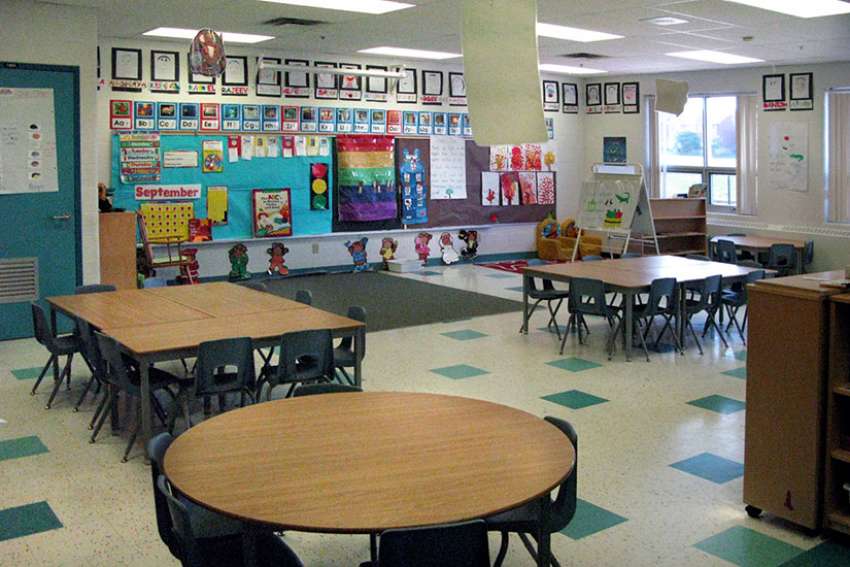The Ministry of Education announced April 12 it is bumping its education budget by four per cent to $23.8 billion, enough extra funding to hire an additional 875 teachers and 1,600 educational workers to support students with special educational needs and other students at risk.
A commitment was also announced to lower the full-day kindergarten class cap from 30 to 29 by 2018-2019, reduce the average class size for Grades 4 to 8 to 24.5 and bring labour stability.
“The students who are at the most risk and the students who are struggling, it is contingent upon us to ensure that they get the best,” said Ann Hawkins, president of the Ontario English Catholic Teachers Association (OECTA). “We want to ensure that every student in the Catholic school system has the best opportunity to have the best life that they possibly can. We’re on the right path.”
The injection equates to an increase in per-pupil funding of $432 to $12,100.
“Through the agreements reached with our partners, Ontario’s students will experience smaller class sizes, more staff in special education and a focus on local community needs,” Mitzie Hunter, Minister of Education, said in a release. “I am proud of our continued progress to provide students with a world-class publicly funded education system.”
Hawkins said the money is being spent where it matters most, the classroom.
“This is a good first step because it is classroom teachers,” she said. “There is a lot of dollars that are attached to special education funding and it is dedicated (but) the problem is getting it to the actual classroom in a body. This isn’t consultants, this is not somebody doing work in a board office. This is people actually in the classroom with ... the students who need the help the most.”
Hawkins, elected president of the provincial union in 2015, learned first-hand the challenges of special education while still preparing to begin her career which spans four decades.
“It is a big challenge,” she said. “When I did my training in Scotland I actually did part of my practicum in a school with special needs students. It was a separate school and all the students were severely mentally less able.”
With greater challenge, though, comes greater reward, she added.
“It was extremely rewarding to see students who struggled so hard to actually achieve and get something, break through and actually get what you were covering.”
While Hawkins is pleased with the extra funding, she emphasizes there is more to be done.
“We’re on the right path and going in the right direction,” she said, “(but) it is not that we are not going to push and advocate for more staff in education, including resources for special education. We will continue to push for more and more support.”


